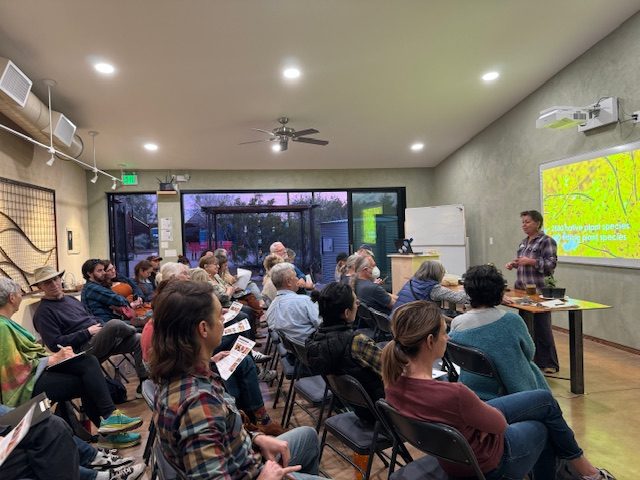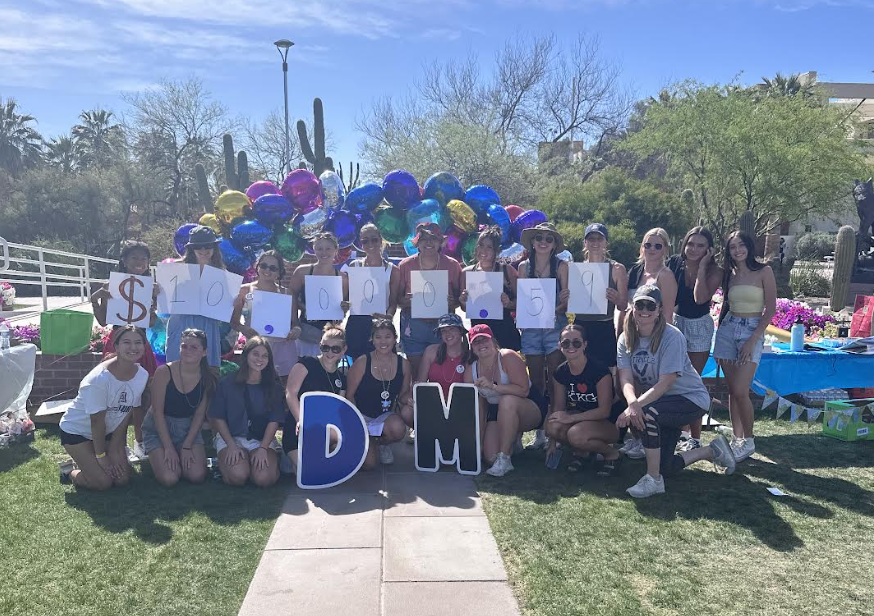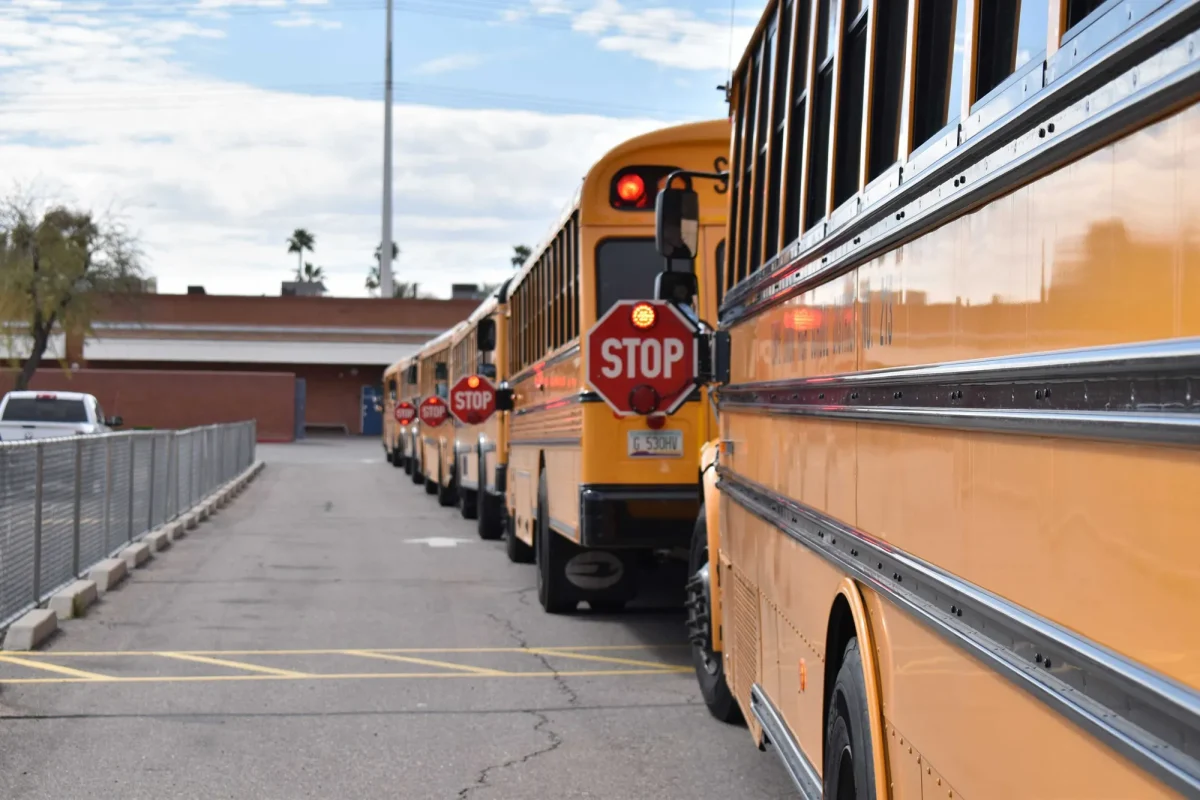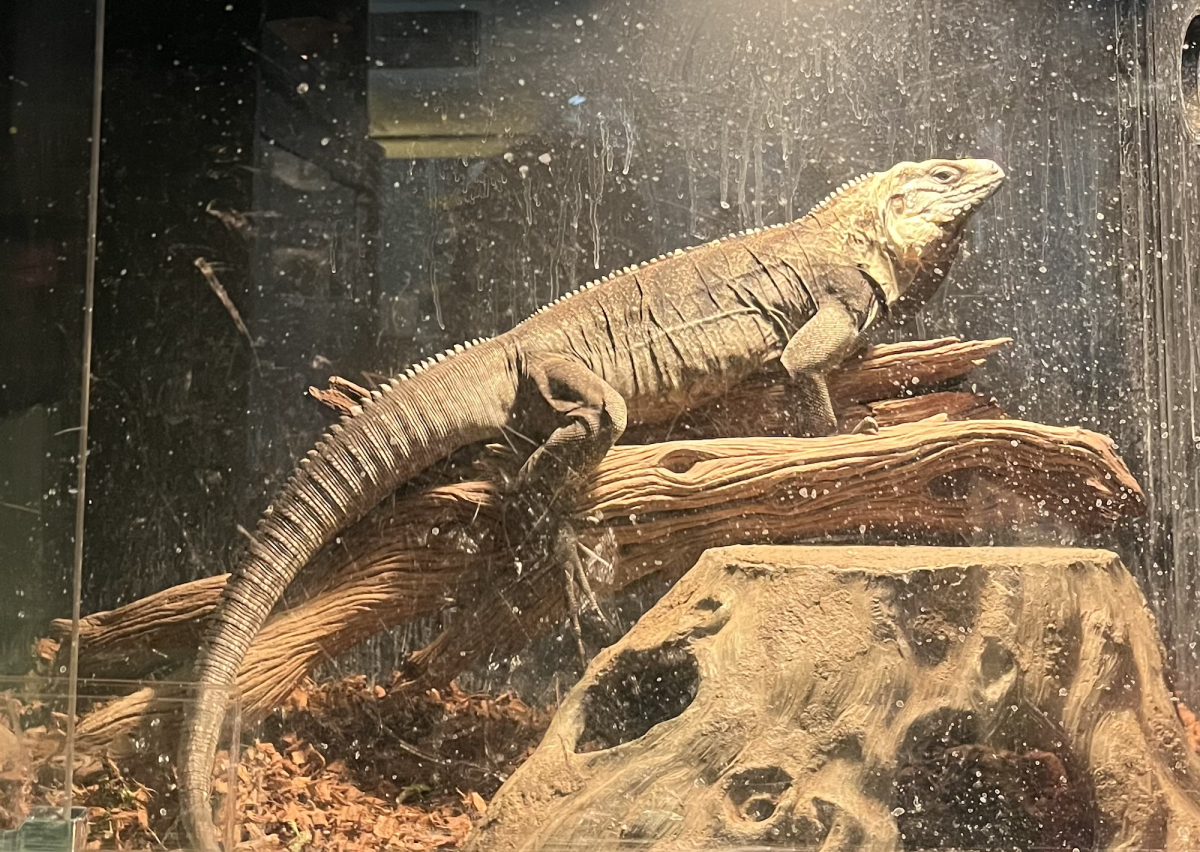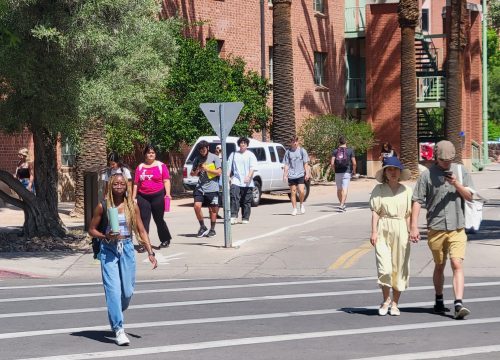
The University of Arizona welcomed its most diverse class in its nearly 140-year history in August, with 49% of incoming first-year students identifying as non-white.
This is a 2% increase from last year and up 4% from 2021. Over 40% of the incoming 9,000 students are from outside of Arizona and more than 30% are first-generation students.
Kasey Urquidez, the UA’s dean of undergraduate admissions and vice president of enrollment management, said diversity has always been a high priority for the university.
“Continuing to increase the diversity of our class has remained important since day one for us,” she said. “We know that the demographics of the United States are also changing. We want to keep up with that as well, so that we are making sure that students feel represented.”
The UA’s total enrollment is now more than 52,000 students.
Urquidez attributes the influx of diverse students to the university’s community outreach efforts, including Cultural College Days that offer materials in Spanish and recruitment teams that help high school seniors understand what they need to do for college.
“We’re really just trying to spread all of the opportunities that we have about access to higher education,” she said. “We’re just really trying to make sure that we are out there and present, and really welcoming to everyone that wants to learn more about us. We work with individuals all across the world, really, so that we can just make sure that we’re breaking those barriers down.”
Gagana Ameneni came from a mostly-white high school in Mesa, so she’s encouraged she will see diversity increase at UA.
“It wasn’t terrible, but it’s nice to see different people,” said the 17-year-old Asian-Indian. “Hopefully, it will just get better overall, learn about more people and just be more inclusive and realize there’s a world out there.”
Ameneni also said seeing other people like her on campus is a great learning opportunity.
“I love being able to interact with more Indian Americans because I get to learn more about the different cultures of India,” she said. “It is a huge country, with different languages, customs and foods. It can also differ by families as well, so there’s really never enough learning.”
As an African-American, Japhet Boubeka, 18, said being on campus for the first time is intimidating, but the increasing diversity makes him feel more comfortable.
“People are coming to the school, they can feel safe,” said the Sahuaro High School graduate. “They can feel like they belong here at the school even more. It feels good knowing that there’s other people who look like me on campus and gives me a sense of community and belonging.”
Boubeka also suggested improvements on how the UA can magnify diversity on campus.
“I think the university needs to tighten up their cultural centers and cultural clubs, making sure they’re active and what not,” he said. “Some centers aren’t even directly on campus and secluded, and students may not know about them, so definitely letting students know about them as well.”
Urquidez said the main takeaway with having more diversity on campus is that students can learn from each other.
“We really believe that we are learning from one another,” Urquidez said. “We want our students to have opportunities to learn from different cultures, different backgrounds and learn in their classes, of course, the education that they are here to receive. But there’s so much more that happens with just learning from others and being able to be prepared to work the global world that we live in.”
| Incoming first-year student demographics for Fall 2023 (rounded to the nearest percent): White: 51% Native American: 5% Black/African American: 7% Hispanic/Latinx: 29% Asian: 8% Native Hawaiian/Pacific Islanders: ~1% |


